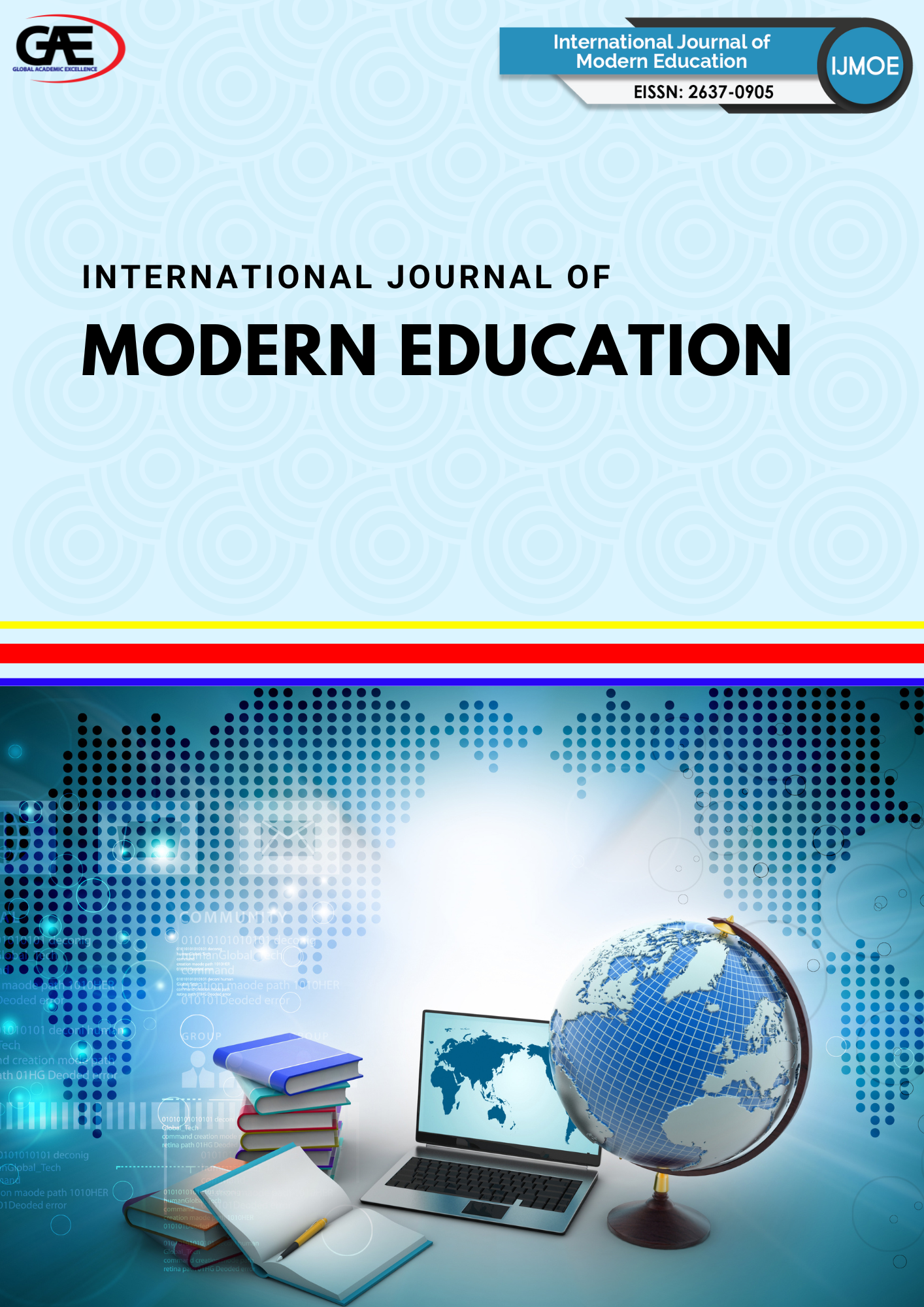MAPPING THE LANDSCAPE OF SCIENTIST-SCHOOL PARTNERSHIPS IN STEM EDUCATION: A BIBLIOMETRIC ANALYSIS
DOI:
https://doi.org/10.35631/IJMOE.726008Keywords:
Scientist And School, Partnership, STEM Education, BibliometricAbstract
Scientist-School Partnerships (SSP) in Science, Technology, Engineering, and Mathematics (STEM) education have garnered increasing attention as a transformative model. It seeks to enrich science teaching, foster authentic inquiry, and bridge formal education with scientific practice. However, despite the growing implementation of such collaborations, a comprehensive overview of global research trends, influential contributors, and thematic directions remains limited. This bibliometric analysis aims to map the scholarly landscape of SSP in STEM education, identifying research patterns, dominant countries, institutions, and evolving themes. Using a structured search strategy in the Scopus database, we applied a keyword combination of "scientist," "school," "partnership," and "STEM education," yielding a total of 1,054 documents. Data were refined and standardized using OpenRefine to ensure consistency and eliminate redundancies. Quantitative analyses were performed using Scopus Analyzer, while network visualizations and co-occurrence maps were generated with VOSviewer to identify keyword clusters and author collaboration networks. Results indicate that the United States (US) leads in research output and citation impact, followed by the United Kingdom (UK), Canada, and Australia. Thematic mapping reveals core research domains centered on inquiry-based learning, science communication, professional development, and interdisciplinary curriculum integration. Furthermore, the collaboration patterns demonstrate a concentration of contributions from high-income countries, with emerging participation from Latin America and Asia. This study contributes a systematic bibliometric perspective to the literature, offering insights into current knowledge structures and gaps. In addition, the findings underscore the significance of expanding inclusive international collaborations. This is particularly relevant in supporting underrepresented regions and suggests future research directions focusing on sustainable models of scientist-school engagement that are contextually and culturally relevant.






